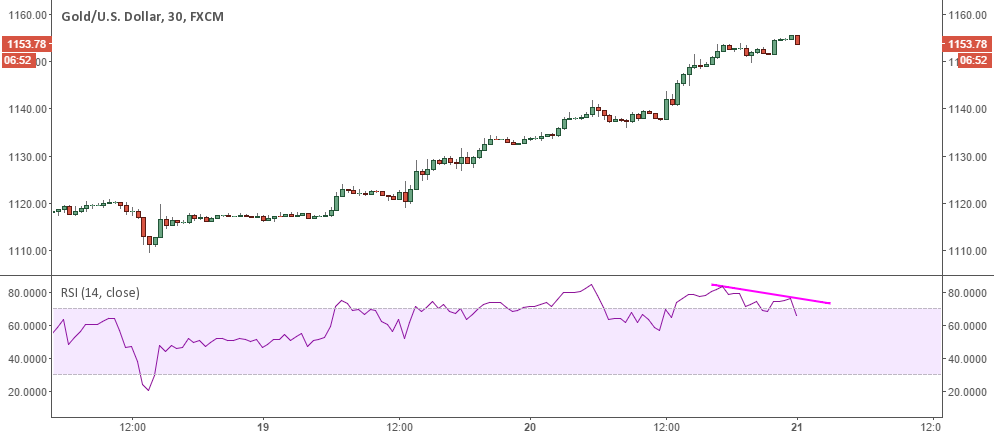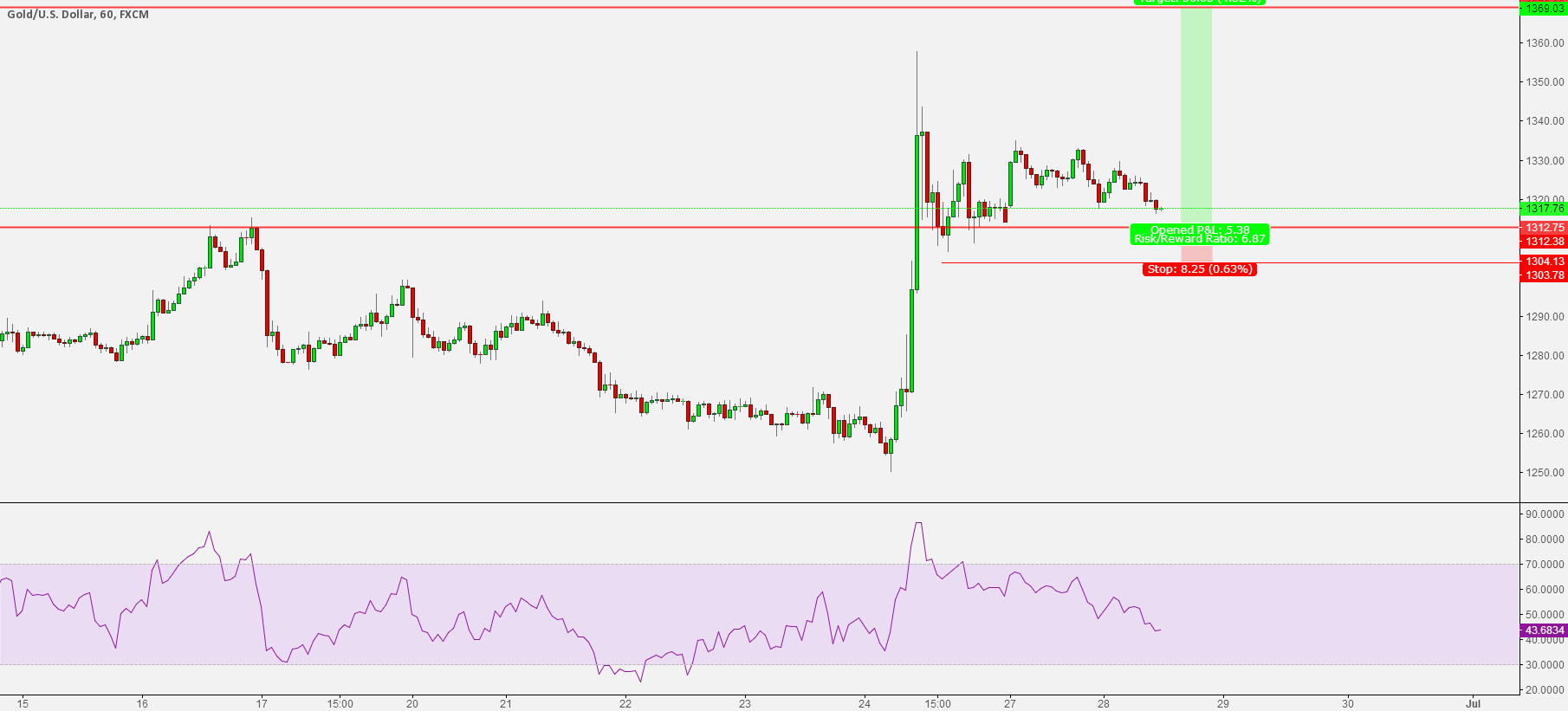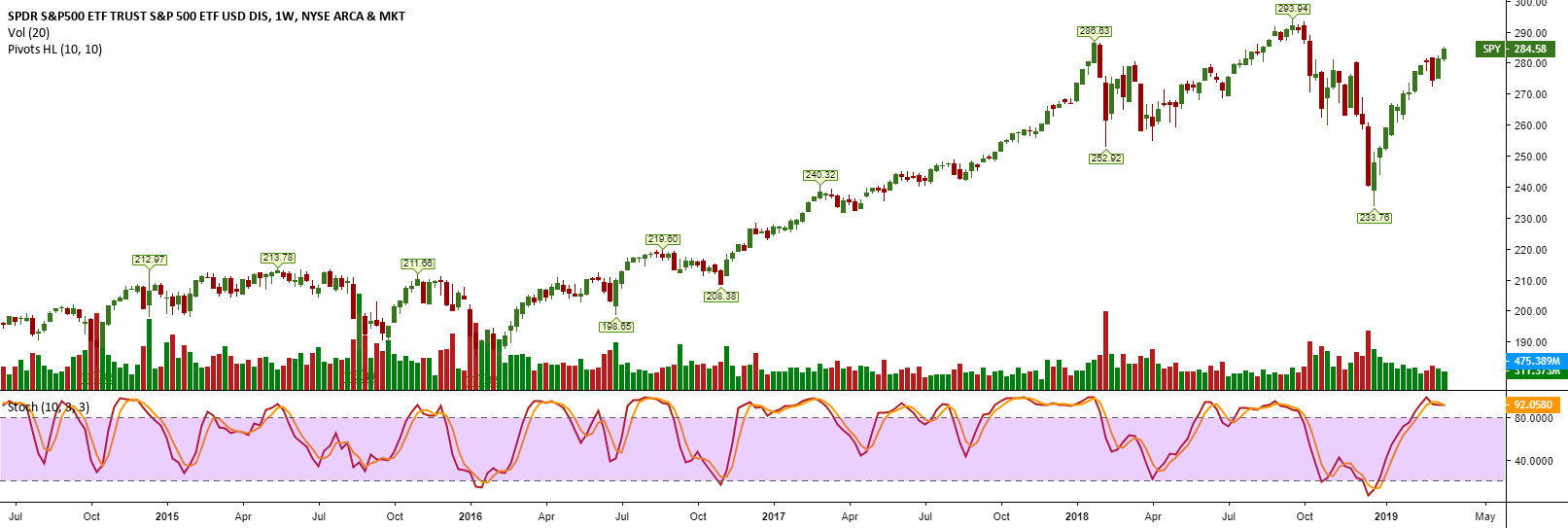
Best options trading strategy
This simple, profitable trading guide teaches stock options trading to beginners. The strategy applies to the stock market, currency Forex and commodities. In this article you will learn about what options are, how to buy Put and Call options, how to trade options and much more. If options trading is not for you, try our Harmony Pattern Trading Strategy . This is an easy step-by-step guide that has captured a lot of readers’ interest.
The Trading Strategy Guide team believes that this is the most successful options strategy. When trading, we follow the KISS principle: Keep it simple, Fool!
With simplicity, our advantage is having tremendous clarity over price action.
We will focus on BUY Put and Call options through this options trading guide. The option to sell is a different animal. It requires a lot of experience to fully understand genetic risks. Why? Because you can’t control the downside, the same way you do when buying Put and Call options.
This is the most successful options strategy as it always provides profitable trade signals. Not because it doesn’t lose money. The best options trading strategy preferred timeframe is the 15 minute timeframe.
We will first define what to buy Put and Call options. Then we will lay out the rules for the best options trading strategy. Here is another strategy called Forex PPG Trading Strategy .
What are options?
Options are a specific type of derivative contract . The underlying securities can be stocks, indices, ETFs, or commodities. With a derivative contract, you do not directly own the underlying asset. Instead, you own a related asset whose value is affected by changes in price.
With options, you have the right to buy or sell an asset at a predetermined price in the future. When the futures point arrives, you will have the choice to exercise the option or let it expire.
Here is an example. Assuming the asset sells for $110, a contract that gives you the right to buy at $100 would have intrinsic value. As the expiration date approaches, the value of the options contract adjusts.
There are two different types of options, call options and set options . When used correctly, options trading will make your strategy much more dynamic. Let’s dive into the next section.
What are call options?
The call option gives you the right to buy an asset in the future. If made, this purchase will occur on a predetermined date. It will also happen at a predetermined value. If you are uncertain about the future value of an asset, a call option can provide some protection. Call options are usually purchased by stock traders. However, they can also be found in many other markets. In fact, call options are the most commonly traded options contracts.
What is the set option?
Options Gives you the right to sell an asset in the future. Like call options, these contracts have a predetermined price and sale date. Put options and call options are often bought together to create a Google hedged position. Below, we will discuss the different types of option sales. We will then discuss how this sale can be incorporated into your trading strategy. You may also enjoy this article on options versus futures .
Different types of sales options
It must be remembered that an option is a contract that allows you to buy an asset at a specific price in the future. There are four different possible types of option sales that can occur. The distinction between short and long sales, put and call will be important.
- A long call option will give you the right to buy an asset at a specific price in the future. Owners of a long call option will benefit from a price increase over time.
- A long put option will give you the right to sell at a specific price in the future. In contrast to call options, long option holders are hoping that the market price will fall.
- A short call option gives you the right to sell not the underlying asset, but its own choice in the future. Because the logic of short positions is reversed, short call option holders are in similar positions to long put option holders.
- A short put option would hope that long put options become less valuable over time, so the owner will get a raise to increase the price.
Once you can understand the different types of options selling, you will be able to engage in more complex trading strategies. These strategies will often involve buying a variety of options to manage risk and increase the likelihood of high returns.
Why use Options?
Options are used for speculation or hedging. Hedge fund managers are notorious for using advanced risk management strategies to hedge market risk.
Options offer high leverage, giving you the opportunity to trade large contracts and potentially earn more. The same goes for Forex. You need a smaller initial investment than buying the stock outright. When buying options, the risk is limited to the initial premium paid.
When using the option, the risk is limited, but the potential profit is theoretically unlimited. Obviously, we’re talking about unlimited profit theory. But option prices will be range limited within certain parameters. There is no stock price to rise to infinity. Also, read this article about Paper Trading Options – Secrets of Getting Rich .
Types of options strategies
You can execute your trade beyond basic calls and put options. That is the beauty of options trading. Other trading strategies include covered call, put marriage, bullish call spread, bear spread, and many more. They can help you better manage your risk and find new trading opportunities.
If you are a versatile trader, take advantage of the flexibility that options trading can give you. Study the top 10 stock options trading strategies below:
- Covered Call Strategy or Buy-Write Strategy – implies buying the stock outright. At the same time, you want to sell a call option on the same stock. The number of shares you have purchased must be identical to the number of call options contracts that you have sold.
- The marriage strategy – implies buying the stock outright. At the same time, you will buy a call option with an equal number of shares. Getting married acts like an insurance policy against short-term losses.
The spread strategy call Bull – implies buying a call option at a specific strike price. At the same time, you will sell the same number of call options at a higher strike price. - Bear Put Spread Strategy – it is similar to the arbitrage of a bullish call but involves buy and sell options. In this options strategy, you buy a put option at a specific strike price. Simultaneously, sell the same number of put options at a lower strike price.
- Protective Collar Strategy – implies buying a cash out option. Also sell or write an out of money call option for the same stock.
- Long Straddle Strategy – implies buying both a call option and a put option at the same time. Both options should have the same strike price and expiration date.
- Long strangle strategy – implies buying both an out of pocket call option and a put option at the same time. They have the same expiration date but they have different strike prices. The put strike price will usually be lower than the call strike price.
- Butterfly spread strategy – implies using a combination of bull spread strategy and bear spread strategy. The classic butterfly spread involves buying a call option at the lowest price. At the same time, sell two call options with a higher strike price. And then sell a final call option at a higher price.
- Iron Condor Strategy – involves holding a long and short position in two different strangle strategies .
- Iron Butterfly Strategy – involves the use of a combination of long or short staging strategies. At the same time, buy or sell a stranglehold strategy.
Now let’s focus back to the most successful options strategy.
Identify the indicators you need for the best options trading strategy. And how to use random index.
The only indicator needed is the RSI or the Relative Strength Index.
Options trading is limited by the expiration date factor. Therefore, it is important to choose a suitable technical indicator for options trading. The RSI is a momentum indicator that makes it the perfect candidate for options trading. This is due to its ability to detect overbought and oversold conditions in the market.

The position of the RSI indicator is on most FX trading platforms (MT4, TradingView). You will find it under the indicator library.
So how does the RSI actually work?
The RSI uses a simple mathematical formula to calculate the oscillator:

There is no need to delve deeper into the math behind the RSI indicator. All we need to know is how to interpret RSI oscillations. Basically, an RSI of 30 or below indicates that the market is in an oversold condition. An RSI reading at or above 70 indicates that the market is in an overbought condition. At the same time, a reading above 50 is considered bullish. On the other hand, a reading below 50 points is considered bearish.
Preferred RSI settings are the 14 period defaults.

Before we go any further, we always recommend that you grab a piece of paper and pen and note the rules.
Let’s dive into the options trading guide.
The most successful selection strategy
(Rules for call buying options)
Option Trading Guide Step #1: Wait 15 minutes after the stock market opens to establish your market trend.
The most successful options strategies don’t just focus on price. But they also use the time element like we’re doing here.
The stock market opening price is usually the most important one. In the first few minutes after the stock opening bell, we can notice a lot of trading activity. This is because it is the time when major investors are establishing their position in the stock market.
Read Trading Price Action Day- Simple Price Action Strategy . You will learn about a strategy that is not limited to the time factor and focuses on price action. It is one of the most comprehensive guides to successfully trading stocks or other assets using price action.
Our team at Trading Strategy Guide wants to develop the best options trading strategy. To do that, we have to think smarter. We have to keep an eye on how smart money works in the market.
The best options trading strategy won’t keep you glued to the screen all day. You just need to know when the stock market is open.
The NYSE opens at 9:30 EST or 1:30 PM GMT for traders from Europe.

Which brings us to the next step in our options trading guide
Options Trading Guide Step #2: Secure the candle 15 minutes after the bell opens (9:30 EST) bullish.
As we established earlier, we only want to trade in the direction of smart money. If we are looking for an opportunity to buy a Call Option, we want to make sure the smart money buys once it opens. Conversely, if we are looking to buy Put Option, we would like to see the seller appear right after the opening bell.

Important Note*: If we have an open gap it means even stronger buying power and we should put more weight on this trade setup.
Options Trading Guide Step #3: Check if the RSI is above the 50 level – This is a bullish momentum signal.
We use the RSI indicator for confirmation purposes only. We want to make sure that once we have identified the bullish price action, the momentum behind the move is confirmed by the RSI. We don’t care about overbought and oversold conditions because the market can stay in these conditions longer than you can sustain solvent.

In the chart above, we can note that the RSI is above 50 during the first 15 minutes of trading. Price action is confirmed by reading the RSI momentum.
Now let’s jump and locate exactly where we want to enter our buy option.
Option Trading Guide Step 4: Buy a Call Now option at the opening of the second 15 minute candle after the opening bell.
Now that we have confirmed that smart money is buying, we don’t want to lose any more time and we want to buy a Call option as soon as the candle opens next 15 minutes after the opening bell.
As easy as it sounds, this strategy only requires you to spend 15 minutes of your time each day. You will get a signal or not, but to get the best out of the options trading strategy you need to exercise discipline and not take any trades if you don’t have any signals.

So at this point our trade is live and profitable, but we still need to determine when to exercise our call option and take profit.
Options Trading Guide Step 5: Select the nearest expiration period. For intraday trading choose weekly cycle.
When you purchase a Call option, you must also address the expiration date, as part of that contract.
You may be wondering how to choose the right expiration period?
Well, since we will most likely sell our Call option the same day we bought it, choosing a weekly cycle would be more appropriate.
Time to turn our focus to the most important part: Where to Take Profit and Sell Your Call Option?
Option Trading Guide Step 6: Take Profit and Sell Call Option as soon as you have two consecutive 15-minute bearish candlesticks.
Knowing when to take profits is just as important as knowing when to enter a trade. We want to leave our position as soon as we see a seller come in. We measure this by counting two consecutive bearish candles which are indicative of the presence of bearish sentiment in the market.
You don’t want to exercise your Long Call option because you don’t want to own those shares, you just want to make a quick profit.

Note ** The above is an example of a Call buy option using the options trading guide. Use the exact same rules – but in reverse – to buy Put options trades. In the picture below you can see an actual Buy Put Option example using the options trading tutorial.

We have applied the same Step 1 to Step 4 to help us establish our trade trend and identify a Buy Call trade and follow Step 5 to Step 6 to determine when to sell a Call option your.
Choose the Right Option Contract for you
Now that you understand how to trade options successfully, you’ll want to know how to choose the right contracts for you. All options contracts will have some degree of risk. This is especially true when trading binary options . This is due to the fact that options can potentially be worthless on expiration date. The risk of trading options can be managed.
When choosing options, keep the following in mind:
- Your personal risk tolerance
- Your desired trading timeframe (day trading, long term trading)
- The volatility of each potential asset
- Past returns of options contract
Options contracts also have a high degree of implied volatility . During the first 30 minutes of trading, options contracts undergo major changes in value. When volatility is high, both the risk and the potential reward are higher. During this time, your trading strategy will need to be much more aggressive. Risk can be managed by issuing a stop order . It can also be managed by hedging your positions and diversifying your positions.
Both call and book options can be very rewarding. To prepare yourself as an options trader, it would be a good idea to practice. Fortunately, the Trading Strategy Guide makes it easy to hone your skills and enter new markets. A careful combination of the steps mentioned above can help you unlock the best options trading strategy.
Conclusion – Options Trading Guide
This is one of the most successful options strategies because when trading stocks it is important to have a good understanding of market sentiment and how the major companies are positioned in the market. Another important reason why this is the best options trading strategy is that you don’t need to be glued to the screen all day.
Don’t forget to read our Support and Resistance Zones – Road to Successful Trading, one of the most comprehensive guides to successfully trading stocks or other assets using only support levels and resistance.








